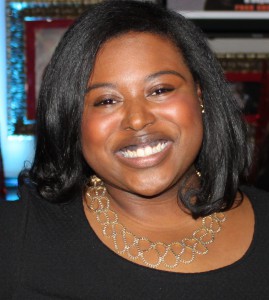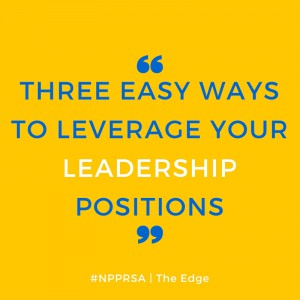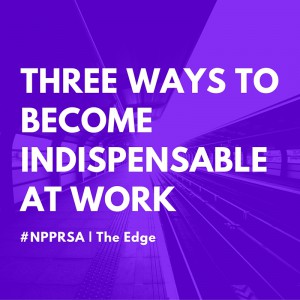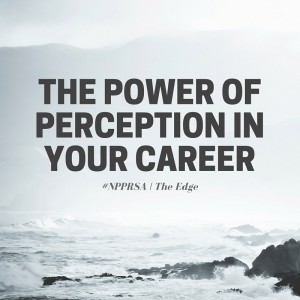You’ve made it through your first full-time position, congratulations! Getting the first position is the hardest part, but you’ve managed to break into the industry. You’ve got the experience and some new skills, but how do you take it to the next level?
 Below are five ways to get to the next level in your career.
Below are five ways to get to the next level in your career.
Act like you are already in the next position.
Once you’ve mastered the requirements of your current position, start learning about what’s required at the next level.
Let’s say you are the assistant account executive for your team. You are charged with maintaining media lists, keeping the department clip report updated and assisting the team as needed. What does an account executive do? They might take your efforts further and build relationships with contacts on the media lists, they might create custom media lists, they use the clips in the report to share results with clients, etc. Start emulating those actions.
Take inventory of your job responsibilities and see how you can take them a step further.
Become a resource for your department
Is your boss having trouble getting a client invoice approved through accounting? Having trouble getting timely numbers and results from your research department?
It pays to network, even inside of your organization. Get to know the different parts of your organization and make yourself a resource for getting important but tedious tasks done quickly.
Continue your education
Become involved in your local PRSA chapter. Attend monthly luncheon or happy hours. Join a committee or participate in a Twitter chat or webinar. There are so many ways to get involved with PRSA and it shows that you are invested in becoming a better PR professional.
A positive attitude goes a long way
We’ve all had days when you are just not feeling up to it, whatever it maybe. Or things may be stressful in your personal life. But remember, work is not the place to take out your frustrations.
Maintaining a positive attitude may seem insignificant, but your coworkers and most importantly your boss will notice if you have a negative attitude. Shooting down others’ ideas, not participating in team activities, showing disgust for tasks that you believe are beneath you will not get you promoted, but they can get you fired.
Learn to take constructive criticism
No one likes to be criticized. However, constructive criticism is crucial to advancing your career. Learn how to effectively take criticism and apply it to future situations and assignments. Incorporating feedback shows that you are a good listener and are mature enough to learn for criticism.
Most importantly, advancing and excelling in your career is a process. Learn from mistakes, apply criticism and feedback accordingly and cultivate your skills. You never know when the next opportunity will appear.
 Victoria Lightfoot graduated from Georgia State University in 2012 with a Bachelor of Arts in journalism, concentrating in public relations. She is currently the PR coordinator at the Atlanta Convention & Visitors Bureau and volunteers on PRSA Georgia’s College Relations Committee and co-chairs the Travel & Tourism Special Interest Group. Connect with Victoria on LinkedIn and Twitter (@Victoria_Lenese)
Victoria Lightfoot graduated from Georgia State University in 2012 with a Bachelor of Arts in journalism, concentrating in public relations. She is currently the PR coordinator at the Atlanta Convention & Visitors Bureau and volunteers on PRSA Georgia’s College Relations Committee and co-chairs the Travel & Tourism Special Interest Group. Connect with Victoria on LinkedIn and Twitter (@Victoria_Lenese)








